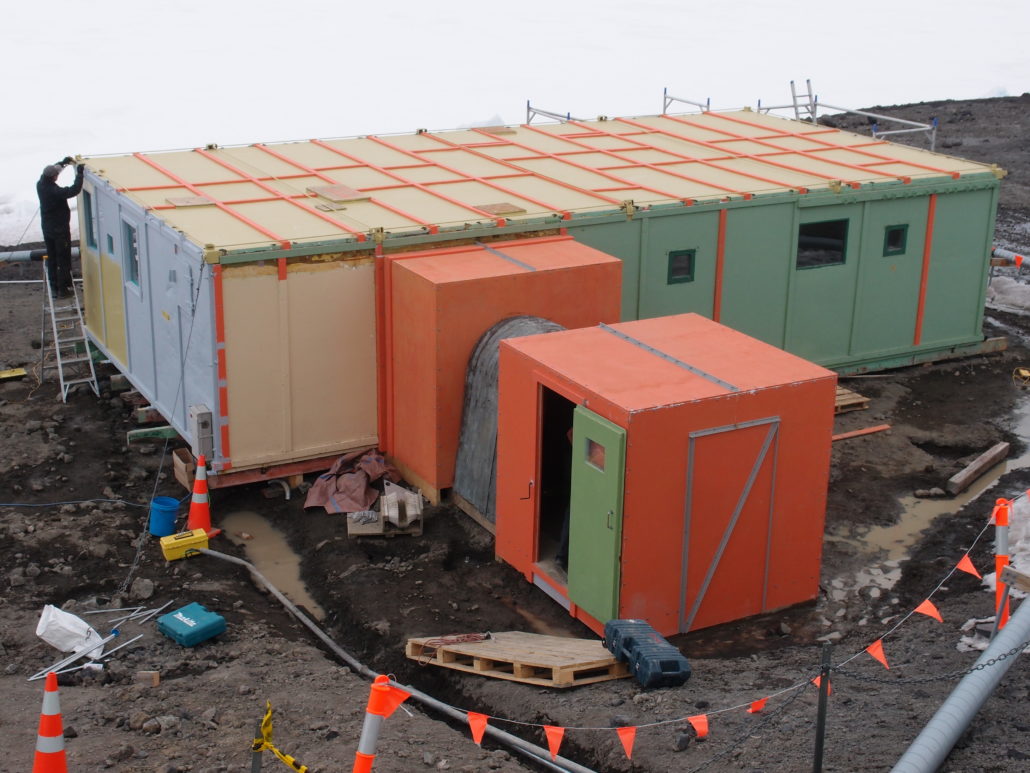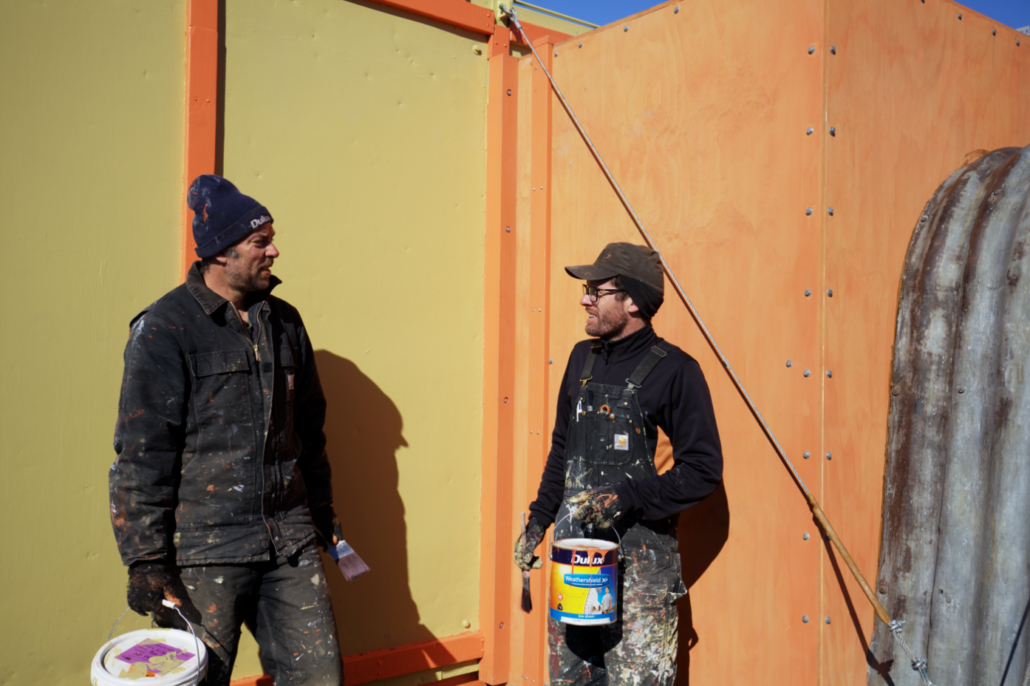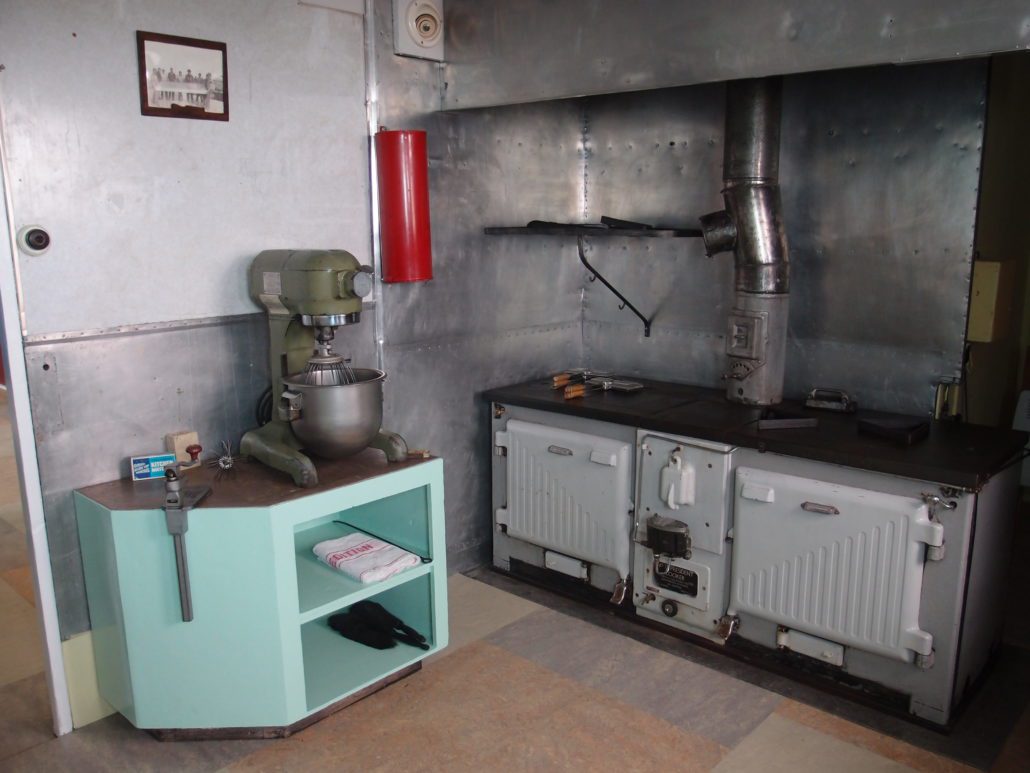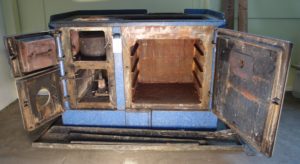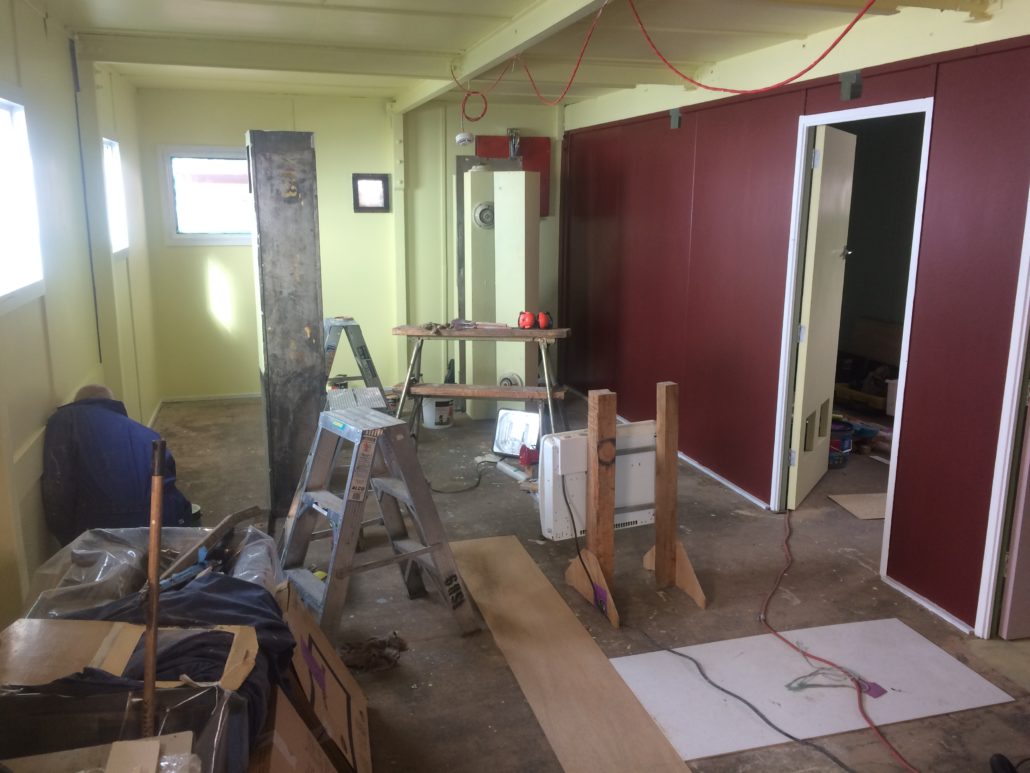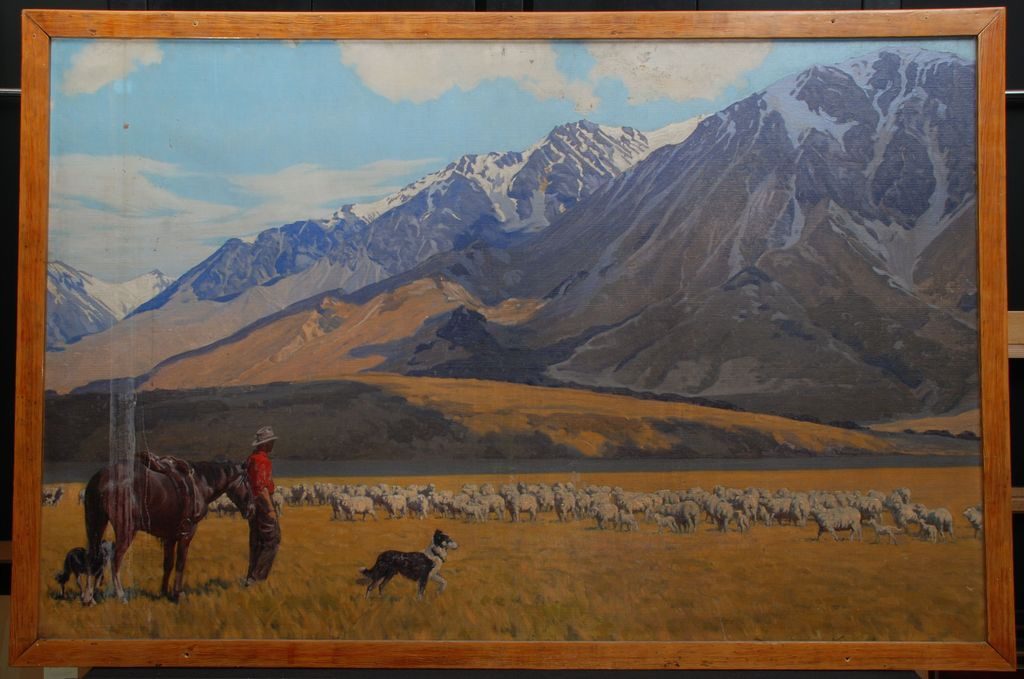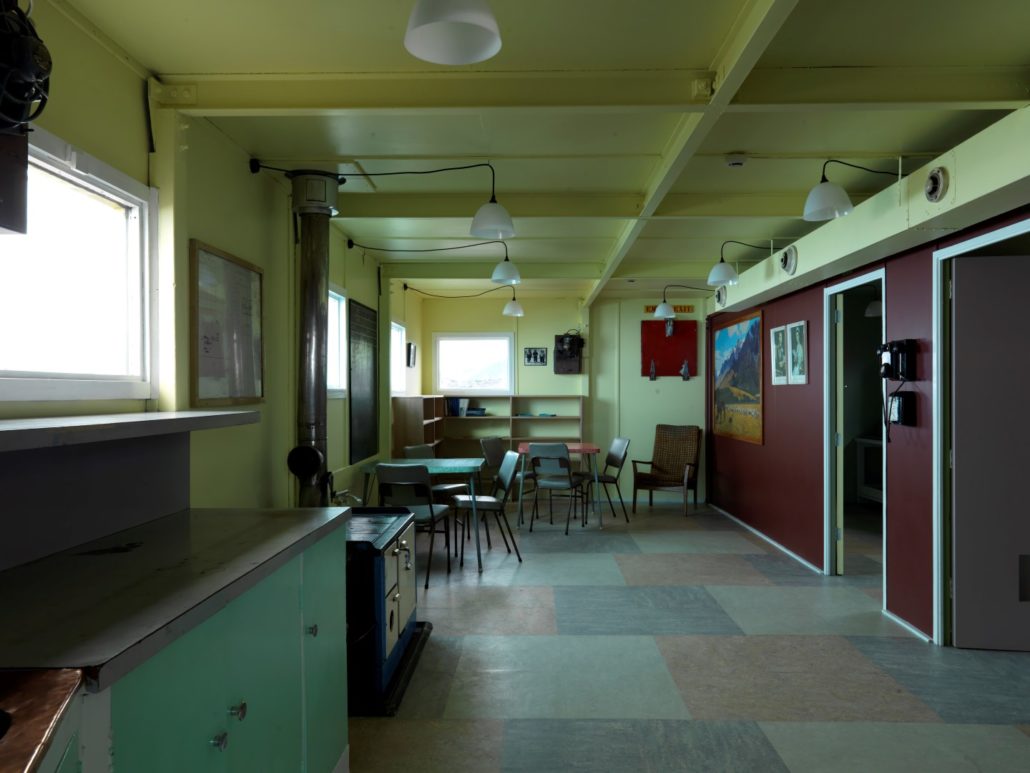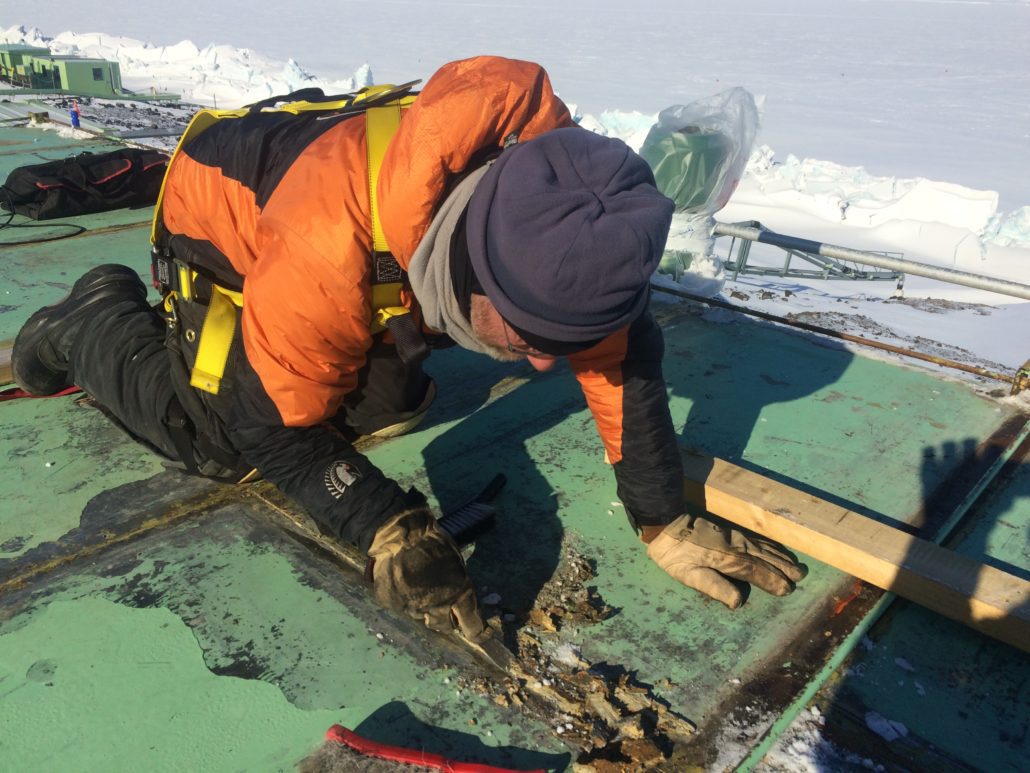The Most Challenging Conservation Environment on Earth
In 2001, the TAE/IGY hut at New Zealand’s Scott Base was listed as an Historic Monument under the Antarctic Treaty, giving recognition to its importance in the history of exploration and science in Antarctica.
Over the summer seasons of 2016-2017, more than 5700 hours of work went into the restoration and conservation of that hut, also known as Hillary’s Hut, and the artefacts it holds. The work was completed in time to mark the 60th anniversary of Scott Base in January 2017.
Having had little maintenance over the years, it was no small challenge: the roof leaked and there was pooled water under the hut, snow had banked up in the outer porch, there was diesel in the flooring, and – creating a significant health hazard – asbestos was flaking from the interior walls.
A detailed conservation plan was drawn up and the Antarctic Heritage Trust pulled together a team of 12 specialists to take on the challenge.


